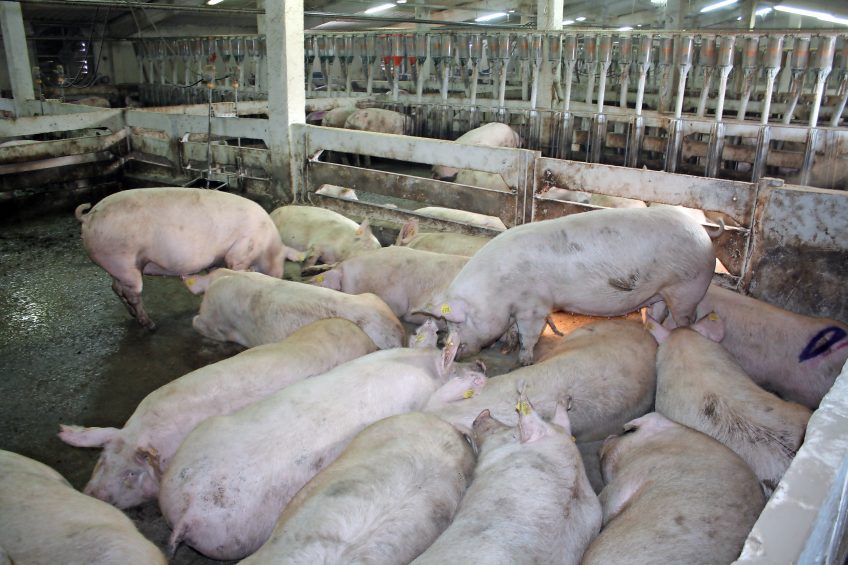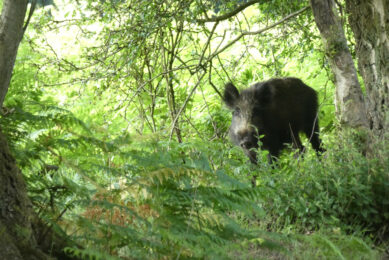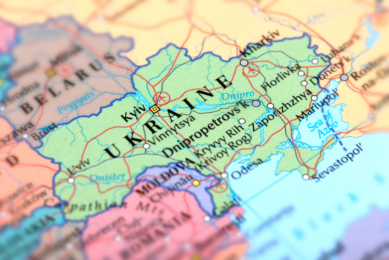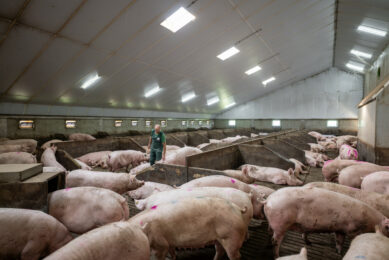Romania, a pig country with great potential

In theory, Romania can be a major player in pork production, as there is plenty of space, a strong pork consumption tradition and history proves that it is possible. In the last 20 years, however, Romania’s pig production changed but did not grow.
Pork is the most consumed meat in Romania with it contributing to over half the annual meat eaten per capita in the country. However, although pork is in big demand, the annual consumption rates are still somewhat lower than the overall European Union average. Romania’s pork consumption rate of 29.1kg per capita, recorded in 2015, is well below the European average of 40.9kg per head in the same year. According to the last recorded figures from 2015, the Austrians consumed the highest amount of pork in Europe at 56.4kg per head closely followed by the Czechs at 45.6kg per head.
Pig numbers in Romania
Romania’s national pig herd numbers are slipping. Romania is home to over 4.7 million pigs of which 361,200 are breeding sows, as per 2016 data. Total pig numbers that year fell by just over 4.4% or 219,200 head and breeding sows down by 3.6% of 13,400 head. The decrease was initially due to the Russian food embargo, established as a consequence of the geopolitical conflict around the Crimea. Figures from the Romanian Pork Producers Association (APCPR), say the country was suffocated by pork imports from Europe, at very low prices forcing the home producers to sell below costs, see more in the paragraph ‘Trading crisis’. On top of that, also ever-growing feed costs have put a lot of smaller farmers out of business.

Read more about pig countries all over the world in our Country Focus Tool.
Pressure on pig farmers to make a profit in Romania, on the other hand, is immense as the costs of production have soared in recent years, pushing the small pig farmer out of business. There are indeed quite a number of large pig farmers with over 200 sows in the country which the state had proposed to pay € 10,000 each to assist them in keeping the business running. However, the European Union put a hold on this, as it would go against its regulations.
Top-3 genetics being used in Romania are PIC, DanBred and Topigs. Imported breeds include Landrace, Piétrain, Duroc and Large White. On backyard farms, often including indigenous breeds can be found, such as Mangalica, Bazna, Albul de Banat and Albul de Ruşeţu.
Trading crisis
As said, due to the trading embargo with Russia, loads of cheap pork ended up in Romania’s markets of late. In 2014, pork imports increased by 9.5%, as compared to 2013 and by 11% in 2015, compared to 2013. In 2015 to 2016, pork imports increased by 46,000 tonnes as compared to 2013, therefore, that year, Romania spent around € 343.6 million on imported pork. From 2015 to 2016, the pig farming sector registered a loss of € 75.8 million.
Export opportunities for Romania
Romania was banned from exporting live pigs in 2007 when it was hit by Classical Swine Fever (CSF) but the doors to the EU opened again in October 2016 after it had been free of the disease for almost ten years. In May 2017, Romania was granted the status of a country free of Classical Swine Fever by the World Organisation for Animal Health (OIE). Only two months later, however, two cases of African Swine Fever (ASF) were reported in backyard farms in northern Romania. It’s no surprise, as the farms were located close to the border with Ukraine, where ASF is reported frequently. Unlike in many other locations in Europe, so far the outbreaks seem to have been incidental.
Chinese-owned meatpacker Smithfield Prod is the largest producer of pigs in Romania and operates the most modern slaughterhouse there with a processing capacity of 600 heads per hour. Smithfield Prod is based in Timişoara, in Freidorf Slaughterhouse and produces fresh pork meat and semi-processed pork meat under the Comtim brand.
As a true integrator, Smithfield Prod is also prominently present in swine feed production, as the company also leads in terms of feed produced. The company is followed by Premium Porc, Tebu Braila, Palota and SC Agrisol International.
Future outlook
Apart from being chairman for the Romanian Pork Producers Association, Ioan Ladosi also works full time for PIC Central and East Europe. He predicts Romania has a strong future for pig production given companies are expanding there and feed is plentiful.
He told Pig Progress: “The pig industry here has been consolidating fast in the last five years and there are great prospects ahead. This is proven by the large investments in pig farming, including through EU funding schemes. Most of the Romanian farms are brand new facilities with state-of-the-art design and technology. Therefore, they are able to compete with any pig producer in Europe.
“But not everything is bright. There is a growing need for skilled stockpersons and proficient farm managers as well. Top producers, in terms of annual volumes, have already announced development plans for increasing production capacities. Integrating farming with slaughter and processing activities is growing as well. There are on the public domain, intentions for cumulated investments in excess of € 100 million on the short and medium term.”
He concluded, “Based on the above we have reasons to believe that Romania has a golden future ahead. A good climate, as well as excellent availability of grains at affordable prices, are extra reasons that give us high hopes.”











